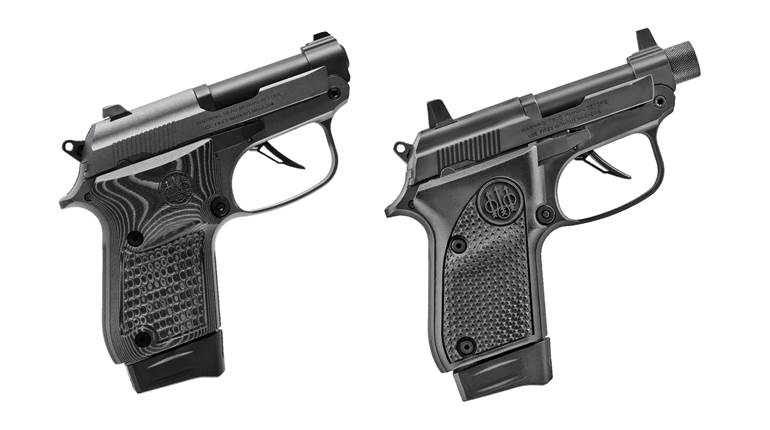Wrapping up this mini-series on intellectual property, let’s talk about possibly the most misunderstood critter in the IP woods—trademarks.
A trademark distinguishes a product in commerce. Typically, a trademark is the name of the product (iPod) or name of the manufacturer (Apple). A trademark can also apply to a tagline (Coke. It’s the real thing.) or a logo (Nike swish). The product can be either goods or services.
Now here’s where people get confused. A trademark is not—and cannot be—functional or descriptive of its utility. For instance, when I was consulting for TangoDown, we came out with a new product, a heavy-duty magazine. We toyed with the idea of naming it the “advanced combat reliability” magazine but our IP lawyer, Tracy Crump, advised us that the name is descriptive of the product’s function, and therefore would not stand up. TangoDown named the product the ACR magazine instead because an acronym can be a trademark even if it’s descriptive.
I asked our lawyer about BMW’s trademark, “The ultimate driving machine” and why that would not be considered descriptive. Tracy shrugged. “It should be. They must have good lawyers in Bavaria,” he said.
Which brings up another point—trademarks, like patents, are issued by the government so in the final analysis, whether you get a registered trademark is up to some bureaucrat.
Now there’s a term that throws people, “registered trademark.” The shooting industry in general seems to confuse a pending trademark (™ symbol) with a registered trademark (® symbol). The ™ symbol indicates that you’ve filed for a registered trademark, but it hasn’t been granted. The ® means your trademark has been granted and it is now registered with the U.S. Patent & Trademark Office.
A registered trademark is good indefinitely, as long as you renew it. A patent is only good for 17 years.
The best known trademark case in the gun business involved the Chevrolet Beretta versus the Italian gunmaker Beretta. Made from 1987 to 1996, the Chevy Beretta was a moderately successful front-wheel drive sedan. Beretta of Italy claimed trademark infringement to which GM countered that a gun and a car can hardly be confused in the marketplace. Perhaps, retorted Beretta the gunmaker, except for one small detail: We also made cars.
It turns out that Beretta manufactured an automobile named the Beretta in the 1940s. In a settlement, GM paid $500,000 to the Beretta Foundation for Cancer Research in addition to paying legal expenses.
Trademarks can be granted, and then lost. When I was with SureFire, we owned a registered trademark for the name Magnum® as applied to a flashlight. We were served notice by MagLight® that our registered trademark Magnum® was “confusingly similar” to the MagLight® trademark on its corporate name. Rather than make two lawyers rich, we agreed to change our Magnum® to the Guardian®.
Perhaps the best example of the power of a trademark is the rear blade of a BoMar combat sight. The blade is serrated on the top half and smooth on the bottom half. BoMar uses an image of its distinctive blade as a logo, and registered it as a trademark. Even years after the patent of the sight expired, no one can copy the half-and-half “look” of the BoMar blade because it’s trademarked.
Now if I can just figure out to trademark the name “safari,” I might be able to go on more of them!






































